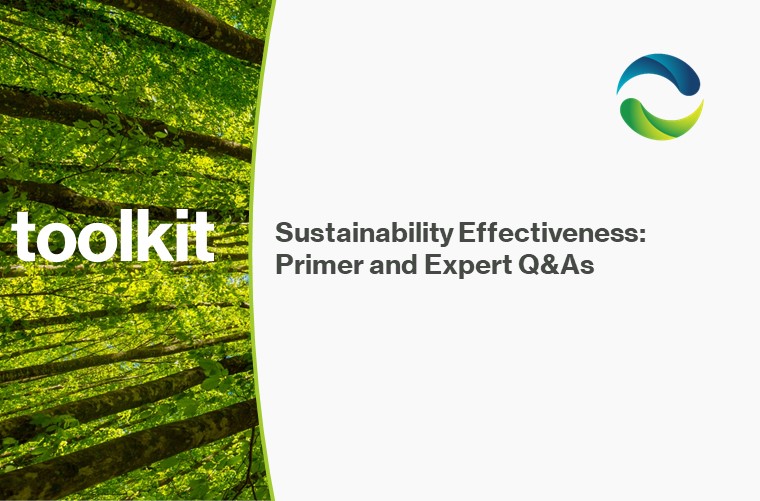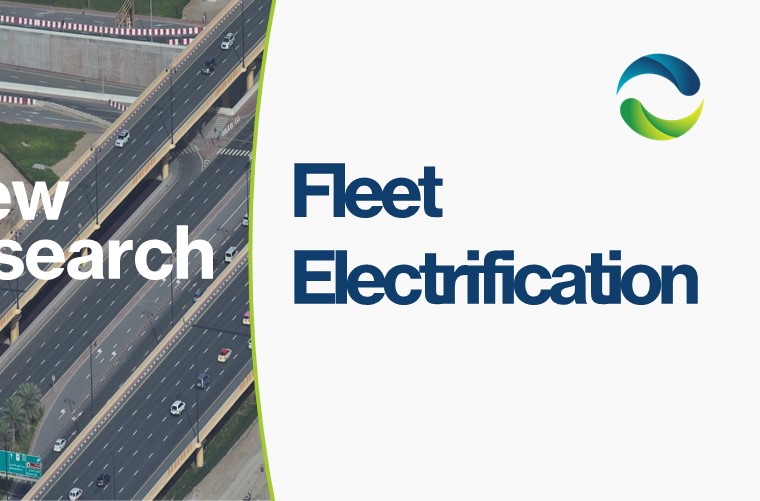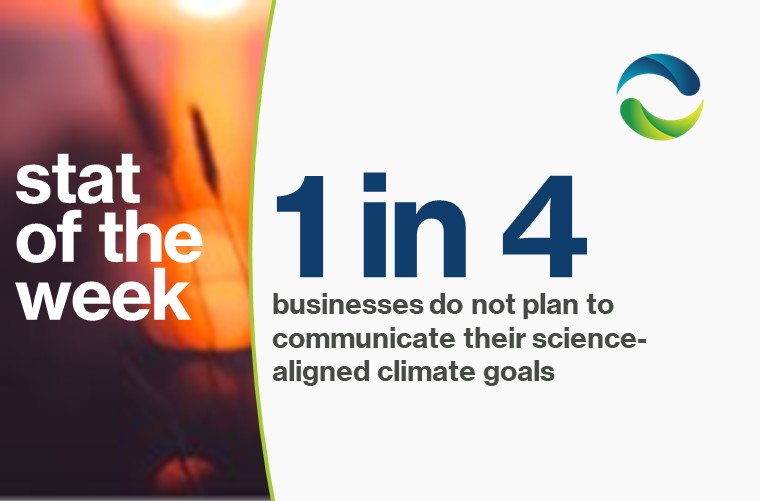Reducing Scope 3 GHG emissions requires fundamentally transforming existing supply chain relationships and potentially developing new ones. The nascent sustainability ecosystem requires working hand in hand with suppliers in all tiers to drive toward carbon footprint reduction. The Climate Board observes the following friction points that slow progress in reducing GHG emissions in the supply chain.
Supplier goals, practices, and constraints are opaque to their purchasers. Often brands and retailers work with thousands of suppliers, many of whom are too small to disclose publicly or routinely report on their carbon-related activities, targets, and challenges. At the same time, there is an increasing desire to impose carbon-reduction mandates upstream in the supply chain as companies seek to tackle the Scope 3 challenge. For larger purchasing organizations, mandates often come with the hope that their outsized influence is enough to make change happen. What can be missing is an effort to understand the specific practices and barriers that need to be addressed in the supplier’s organization. These might affect the levels, sequencing, and prioritization of goals and create opportunities for purchasing organizations to help address the barriers to broader transitions.
Supplier relationships have traditionally focused on cost and quality rather than sustainability. Sustainability is a relative newcomer among vendor assessment criteria. Often sustainability teams report to the sourcing/procurement function. This placement in the organization can help introduce sustainability criteria into supply chain management and vendor selection processes, but ecological concerns can continue to be drowned out by cost and quality imperatives. Low-carbon fibers usually cost more to produce, and less sustainable virgin fibers often have an edge in quality and performance. There is no easy solution here – easing the friction requires processes and tools to make holistic evaluations and balance the competing imperatives of price, quality, and sustainability.
Large-scale, transformational transitions require large-scale investments. These types of investments are often beyond the ability of individual companies to finance and execute. While government infrastructure, subsidy, and transitional programs can support some, those programs remain in short supply versus the demand. In response, we see the seeds of more collective action among organizations to address transformational needs upstream and accelerate industry-wide progress to net-zero.
Have these friction points affected your organization? The Climate Board provides best practices and practical insights to address challenges like these. Contact us for more information about joining, and subscribe to our mailing list to be alerted when we release new content.




